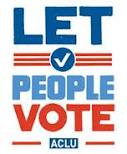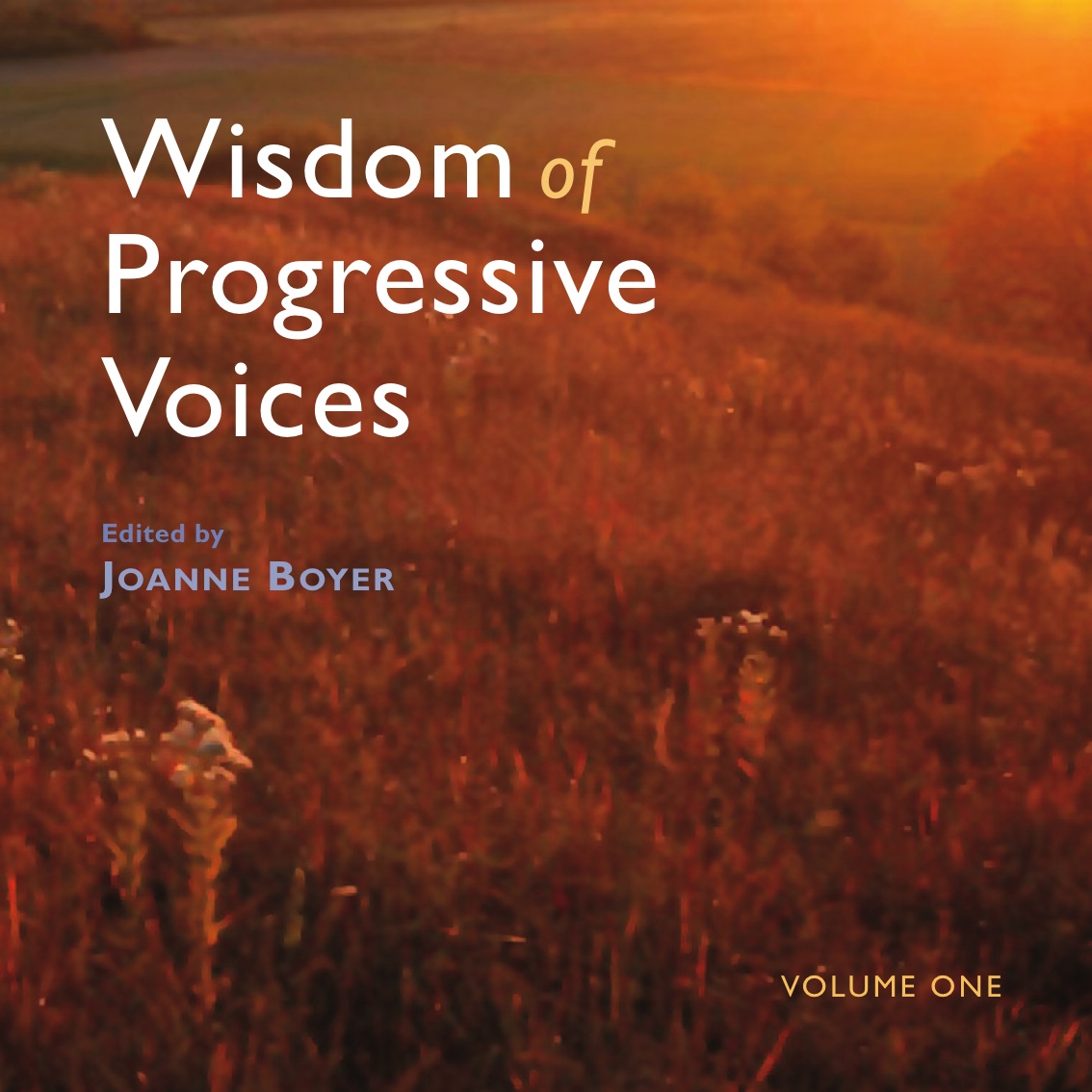Making voting confusing by design. Somehow that just doesn’t sound like democracy at work. Yet that’s what we have going on in this country right now. Thanks in part to the American Legislative Exchange Council (ALEC) and Republican-controlled state houses won during the 2010 mid term elections, it feels as though we’ve gone through the looking glass when it comes to what is supposed to be the foundation of our democracy.
“These laws are part of the largest legislative effort to turn back the clock on voting rights in our nation in over a century,” Judith Browne Dianis of The Advancement Project told us earlier this year. “They undermine the very pillar of our democracy – the right of every citizen to have access to the ballot box.”

Voter Suppression: Keeping people away from the polls only strengthens the corporate control already in place for our elections.
Pollsters begin to point to swing states such as Pennsylvania and Ohio that now favor President Barack Obama. But how can anyone feel that the outcome of a national, state, or local election in those states is predictable when so much has been done to block the vote in the Buckeye and the Keystone states.
Voter suppression – whether in the form of so-called voter ID laws, reduction of hours at the polls, purging of voter rolls or voter intimidation – is at heights not seen by anyone since before the Civil Rights Act of 1965 was passed. Demos and Common Cause just released a report entitled Bullies at the Ballot Box that follows 10 states and their restrictions on voting. It should give all of us pause to know the breadth and depth of the voter restriction that exists in our country today.
All eyes remain focused on the Pennsylvania Supreme Court after it heard arguments regarding the constitutionality of its voter ID law, which could impact as many as 750,000 eligible voters. However, what has transpired in Ohio regarding voting hours is also just as disturbing. And then there’s the threat in Minnesota.
“It’s confusing by design,” said Mike Brickner, a spokesperson for the ACLU of Ohio. “So we here in Ohio are facing last minute decision and we still don’t know how it will all play out.”
Brickner was referring to the back-and-forth battle of when Ohioans can vote this year. Ohio, as everyone should know, has been trying clean up its act on allowing citizens to vote since the disaster of 2004. Things worked fairly well in 2008 – lots of Ohioans voted and a good percentage of them voted early. Oh yes, did anyone notice that Barack Obama won that election?
Ohio 2010 midterms brought Republican control of the legislature in Ohio and BOOM – there were more shenanigans with voting rights than one could keep track of. And here we are just weeks before the election and a 100 percent guarantee of when Ohioans can vote is still not in place.
As it stands now, U.S. District Court Senior Judge Peter C. Economus ordered Republican Secretary of State Jon Husted not to enforce a state law passed last year that closed in-person early voting to anyone but members of the military and their families the weekend before the election. The melodrama between Husted and Economus came to somewhat of an end last week, but Husted has appealed Economus’ ruling and who knows just what will happen before November 6.
“It’s so close to the elections that I’m not sure the 6th Circuit will be able to rule on this,” Brickner said. So as of now, Ohioans can plan on voting the weekend before the election. That last weekend is a critical time of voting, especially for many African-American communities whose “Souls To The Polls” drive helps congregations get their members to the polls to vote.
“We’re a busy society,” Brickner said. “And we can leave things up to the last minute so the majority of the early voting actually falls at the end of the early voting period. (The Ohio voting restriction law eliminated early voting hours that had previously existed for October weekends leading up to the election. Husted fired two Democratic election officials who tried to keep early voting in October.) “Many voters have full time jobs or multiple jobs or don’t have flexible schedules that allow them to be able to vote from 7 a.m. to 7 p.m. on a Tuesday. But they can get there on a Saturday or a Sunday.
“I’ve been a part of this in Ohio for the 2004, 2008 and 2012 elections,” Brickner added. “We call elections the ‘silly season.’ But when manipulation of the system is done to get a desired result, it’s ultimately the voter that suffers.
“Because it’s confusing by design, we’re doing all we can to get the truth out and to empower Ohioans to get to the polls and to get someone else to the polls. Because for everyone of us who can get to the polls, we know 1, 2 or 3 people who need assistance to get there.” The Ohio ACLU has put together a fabulous campaign called, “Let Me Vote,” which is part of a national ACLU effort of the same name, designed to assist voters at a time when many states’ rules have changed.
Think it can’t happen in your state? Think again. Another example of voter suppression is playing out in yet another way in Minnesota, who thanks to same day registration and great civic pride continues to lead the nation in voter turnout. This fall, however, voters will be asked to amend their constitution with a “voter ID” law that, if passed, will forever change the way Minnesotans vote.
That ballot initiative survived a Supreme Court hearing in which the plaintiffs argued that the language on the ballot does not tell voters the full impact of what will happen if it passes. The Minnesota Republican-controlled legislature could not legislate a law on voter ID because Democratic Governor Mark Dayton had and would have again vetoed it. So now, Minnesota faces the distinct possibility of becoming only the second state in the nation (Mississippi being the other) with voter disenfranchisement embedded within its constitution.
Our Future/Our Vote, a Minnesota advocacy group is working furiously to get the word out about what the voter ID amendment really does, but recent polling shows 62 percent of Minnesotans favor “voter ID.” See the video below.

